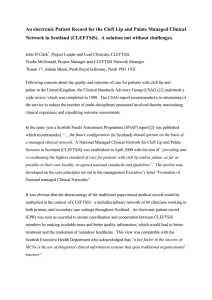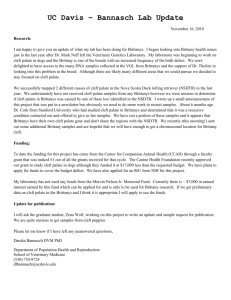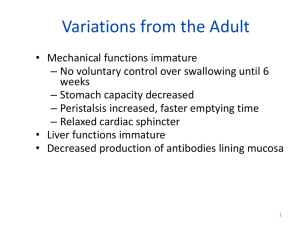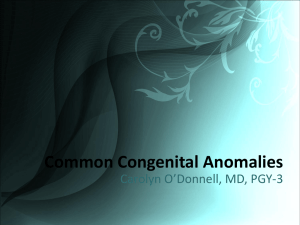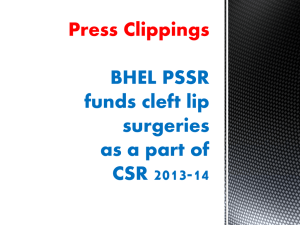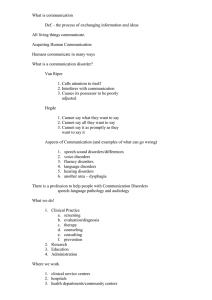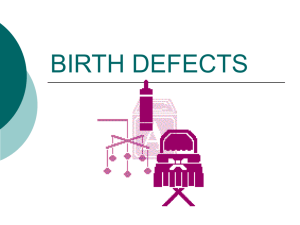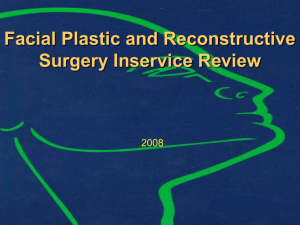Assessment of Speech Sound Disorders chapter 6
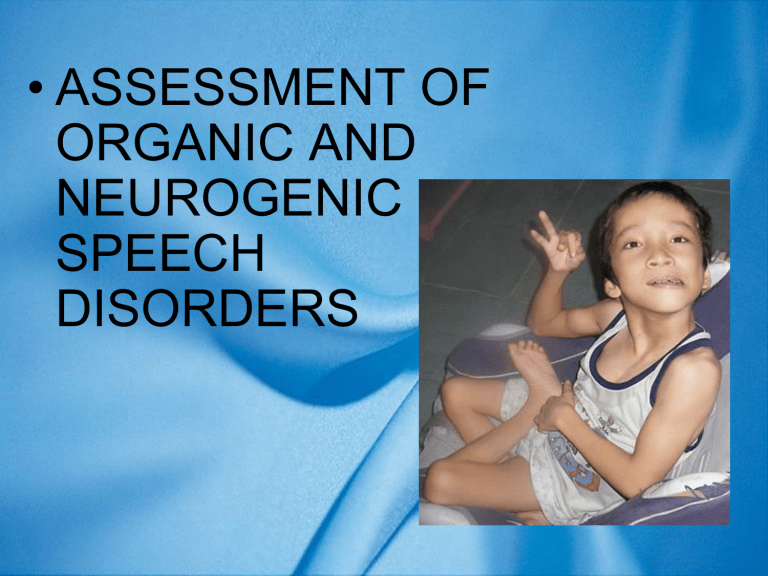
• ASSESSMENT OF
ORGANIC AND
NEUROGENIC
SPEECH
DISORDERS
I. CEREBRAL PALSY**
• A. Introduction-definition
• Youtube—Charrise’s Story: My Life Journey with Cerebral Palsy (first few minutes)
– 1. Spastic
– 2. Athetoid
– 3. Ataxic
– 4. Rigid
– 5. Mixed
Types of CP:
B. Speech Problems and Their
Assessment
• Oral motor
• Feeding
• Slow DDK rates, discoordination of tongue
• Resonance
• Prosody
• Respiration
• Phonation
• Articulation
II. DYSARTHRIA**
• A. Introduction
• Neuromotor disorder affecting all systems: respiration, phonation, articulation, resonance, prosody
• Due to: CP, degenerative diseases, stroke
B. Characteristics to Look for in
Assessment
III. CHILDHOOD APRAXIA OF
SPEECH**
• Youtube—childhood apraxia of speech 3 year old (UrbanKowboy)
• Youtube Severe Apraxia and Possible
ASD (Julian)
A. Introduction**
• Inconsistent errors
• Flat prosody
• Difficulty sequencing sounds and syllables
• Moderately to severely unintelligible
(Owens, Farinella, & Metz 2015)
B. Associated Problems
C. Assessment —Evaluate:
• CAS Assessment (continued)
CAS Assessment (continued)
One of my very favorites**:
• 12. Production of polysyllabic words—have them say the words several times, check for consistency. E.g.: (words are not on test)
• Expensive
• Refrigerator
• Buzz Lightyear’s Zurgotronic Ionblaster (ha )
• Congratulations
• Cafeteria
• Computer
IV. CLEFT PALATE (cleft is an opening in a normally closed structure)**
Youtube
• LT 5 1/2 years old with cleft palate
A. Introduction-major categories** :
• Isolated cleft lip
Cleft uvula alone**
Cleft of the hard palate**
**
Adult cleft of soft palate and part of hard palate**
Cleft of soft and hard palate**
Combined Cleft Palate and Lip**
• This can be unilateral or bilateral
• Here is a unilateral cleft
Unilateral cleft of the lip and palate**
Unilateral cleft palate and lip**
Example of a bilateral combined cleft lip and palate:**
Bilateral combined**
Bilateral combined**
Fortunately, surgical repair is excellent in the 21 st century**
Surgical repair “after”**
Surgical repair “after”**
• He had 5-6 surgeries, the last of which was in 6 th grade
• He is now a model and actor
B. Assessment of Cleft Palate
Patients
C. Assessment Strategies**
• 1. Work with team of professionals
• 2. Help plan surgical interventions
• 3. Assess intelligibility in connected speech
• 4. Esp. assess production of pressure consonants in words and sentences
• 5. Determine presence of hypernasality on vowels and nasal emission on consonants
Hold a mirror under the child’s nose…

